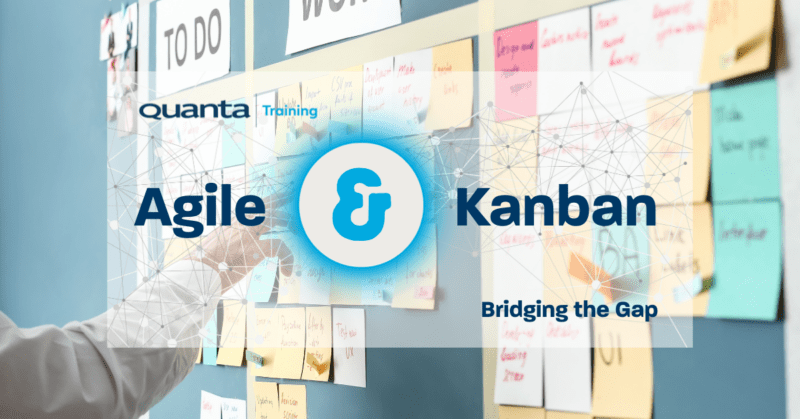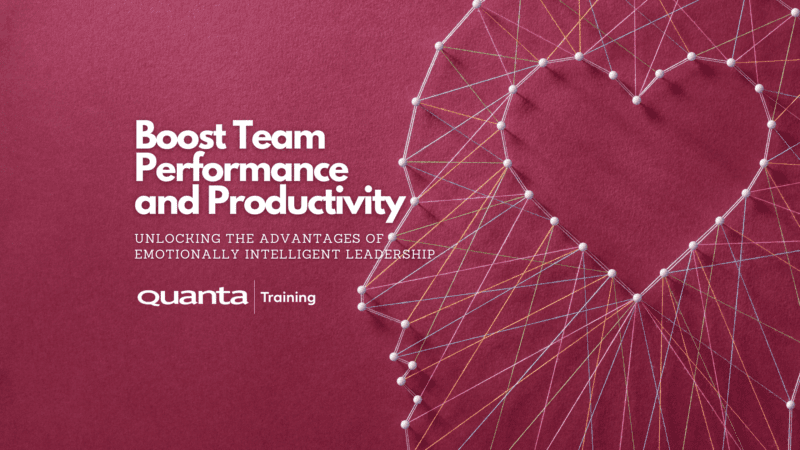An immersive introduction for those wishing to fulfil the role of Scrum Master or for anyone wanting to get a solid grounding in this leading Agile framework.
As a Certified ScrumMaster® (CSM®), you'll help the Scrum Team perform at their highest level; CSMs also protect the team from both internal and external distractions. Through the certification process, you will learn the Scrum framework and gain an understanding of team roles, events, and artefacts.Book Your Course
Start Date
Venue
Availability
Cost
Course confirmed - Guaranteed to run
Course Full/Limited availability
Price shown excluding VAT.
Book a Private Event
If you require the content of this event tailored or have around 7 or more people to train it maybe better for you to host a Private Event, please get in touch to discuss this.
Get in touchDescription
Who is this course for
Those wishing to fulfil the role of Scrum Master or for anyone wanting to get a solid grounding in the leading Agile framework.
Purpose of the course
To explore of Scrum theory, values, roles, events and artefacts through exercises, debate and stories from the trenches.
You will learn how to
- Be a servant leader to your team, Product Owner and broader organisation.
- Coach others towards an empirical, inspect and adapt mindset.
- Mentor others through Scrum events such as Sprint Planning and Sprint Retrospective.
- Facilitate Product Backlog refinement.
- Spot common Scrum anti-patterns or Scrum-buts.
Prerequisites
A willingness to engage with a more Agile way of thinking about work.Benefits for you as an individual
- Attain your Certified ScrumMaster® (CSM®) certification - the most broadly recognised in industry.
- Join the Scrum Alliance community - 2 years membership awarded upon certification.
- Attain 16 Scrum Education Units (SEUs) by the Scrum Alliance towards Certified Scrum Professional® (CSP®) certification.
- Attain 15 Professional Development Units from Project Management Institute if you are Project Management Professional.
- Learn the foundation of Scrum and the scope of the role.
- Engage with Agile practitioners committed to continuous improvement.
Benefits for your organisation
When operating in volatile, uncertain, complex and ambiguous arenas, traditional plan-driven approaches have long been associated with high levels of risk and delay. As the leading Agile framework, Scrum addresses this by fostering a more empirical approach to value generation - releasing benefits earlier, curtailing risk and retaining an ability to respond to evolving customer needs and emergent technologies.
Scrum Theory
- How Scrum is aligned with the values and principles of the Manifesto for Agile Software Development.
- What is Scrum and what is its purpose.
- The five core Scrum values.
- Define Empirical process control and the three pillars of Scrum.
- Product planning in an empirical environment.
- Pitfalls of partially implementing Scrum.
- Benefits of an iterative and incremental approach.
Scrum Events
- The benefits of timeboxing.
- The five events within Scrum, the purpose of each event, and the participants, timing, and maximum recommended timebox.
Scrum Artifacts
- The three artifacts within Scrum and the purpose of each.
- The definition of “Done,” its purpose, and how it evolves over time.
- Why the Scrum Team dedicates time for Product Backlog Refinement.
- Activities that may occur as part of Product Backlog Refinement.
Scrum Roles
- How the Scrum Roles interact with each other to deliver the increment within a Sprint.
- The cross-functional team and the benefits of a cross-functional, self-organizing team.
- Rights and responsibilities of the Product Owner, Development Team and Scrum Master.
- Why the Product Owner is a single person and not a group or a committee.
- How and why the Product Owner maintains authority over the product while working collaboratively with the Development Team and stakeholders.
- The characteristics of the Development Team.
Scrum Events and Artefact Transparency
- How a Scrum Team will inspect and adapt and increase transparency at each of the Scrum events.
- Describe at least three responsibilities for the Development Team, Product Owner, and Scrum Master during Sprint Planning, Daily Scrum, Sprint Review, and Retrospective.
- Why the Sprint Goal does not change during a Sprint.
- What is the outcome of every Sprint.
- Why the increment must be brought to the current definition of ‘Done’ regardless of whether the Product Owner chooses to release the increment.
- The focus of the activities of the Product Owner and Development Team during the two topics of Sprint Planning: the ‘What’ and the ‘How.’
- Practice writing a Sprint Goal.
- How the Daily Scrum differs from a status meeting and why the various constraints exist to support the Development Team.
- The activities that occur during the Sprint Review other than; a demonstration of the increment.
- Potential outcomes for a Sprint Review.
- How to conduct a Sprint Retrospective.
- The essential characteristics of the Product Backlog.
- Attributes of a Product Backlog item.
- Essential characteristics of the Sprint Backlog.
- How the Sprint Backlog can be changed without endangering the Sprint Goal.
- The importance of a strong definition of “Done” and describe at least two risks associated with a weaker definition of “Done.”
- Creating a definition of “Done.”
- Why multiple teams working on the same Product Backlog have a shared and consistent definition of “Done.”
Scrum Master Core Competencies
- Situations in which the Scrum Master could serve the needs of the Scrum Team or organization through facilitation.
- Techniques for facilitating group decision making.
- How facilitating, teaching, mentoring, and coaching are different.
- Techniques that could help resolve a challenge faced by a Scrum Team.
- What is servant-leadership.
- Scenarios where the Scrum Master acts as the servant-leader for the Development Team.
- How to resolve possible violations of Scrum by a Product Owner or stakeholder who is applying excessive time pressure.
- Technical debt and explain the impact of accumulating technical debt.
- Development practices that will help Scrum Teams deliver a high-quality Product Increment and reduce technical debt each Sprint.
- Ways the Scrum Master could support the Product Owner.
- Benefits that arise if a Product Owner participates in the Sprint Retrospective.
- Ways that the Scrum Master assists the Scrum Team with impediments.
- Organizational impediments that can affect Scrum Teams.
- Organizational design change caused by adopting Scrum.
- Why Scrum does not have a project manager and what happens to traditional project management activities.
Additional Exam Information
A full and active attendance of the CSM® course will be necessary in order to be registered for the CSM® exam.The exam is a self-proctored, online exam which can be sat any time after the course has completed.
The CSM test is 50 multiple-choice questions, with a pass mark of 74%. It has a one-hour maximum duration.
All new Scrum Alliance certification holders receive a complimentary two-year membership with their initial certification. Join local user groups and online social networks, gain access to deep discounts on Gatherings, and more.
Pre-Coursework
There will be a small amount of introductory learning which must be completed before attending the course.Get Started
Forget trawling through endless course catalogues – Find the training that’s right for you
Learn MoreLatest from our blog
Kanban and Agile: Bridging the Gap
Kanban and Agile: Bridging the Gap Quanta’s Kanban University Certified Trainer Steve Church explores the way in which Agile and…
Read More
How a Ballerina could move into Cybersecurity
Jason Ford, Quanta Cybersecurity and IT Trainer talks about the limitations in Cybersecurity Training courses. Jason discusses a safe and…
Read More
Boost Team Performance and Productivity: Unlocking the Advantages of Emotionally Intelligent Leadership
Quanta People Development and Leadership Trainer, Giles Collins outlines the key elements of Emotionally Intelligent Leadership and how it impacts…
Read More





